In this article, we will learn various methods of how to get an SQL execution plan of a query.
Read more »

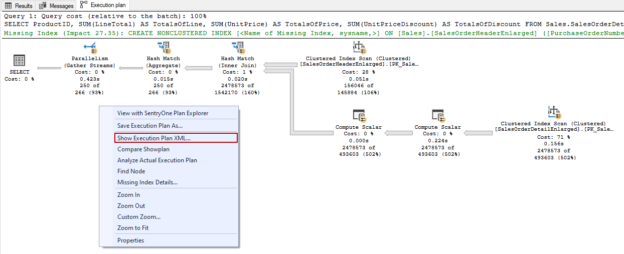
In this article, we will learn various methods of how to get an SQL execution plan of a query.
Read more »
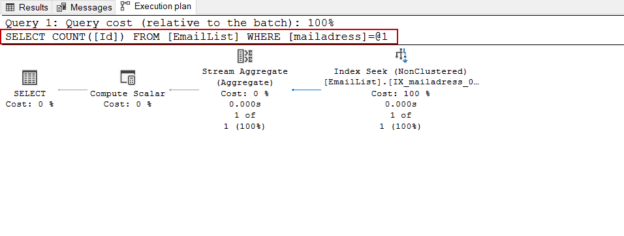
The purpose of this article is to provide insights into how parameter sniffing occurs for an ad-hoc query and how it affects their performance.
Read more »
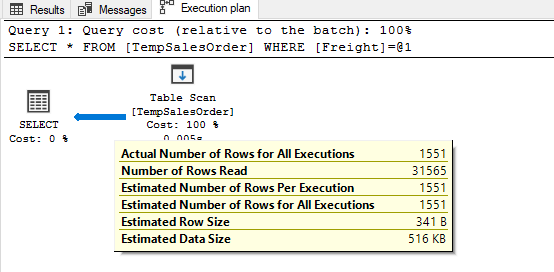
In this article, we will explore some internal working principles of SQL Server statistics.
Read more »
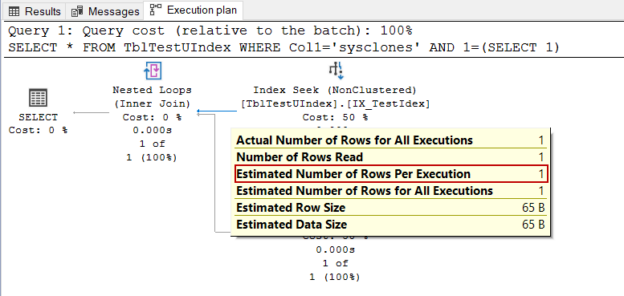
The goal of this article is to throw light on the less-known points about SQL Server statistics.
Read more »
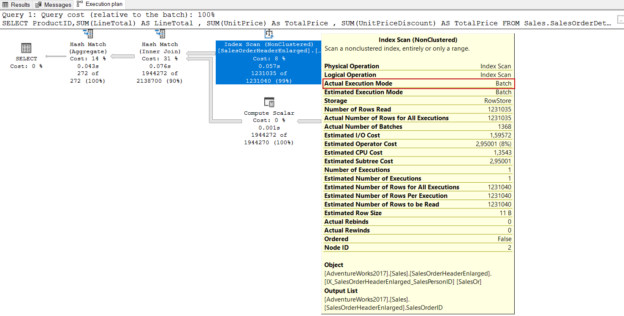
In this article, we will explore Microsoft SQL Server trace flags with all aspects, and we will learn also how to use them.
Read more »
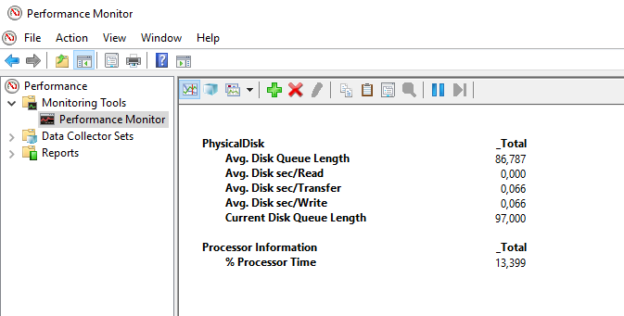
This article gives fundamental insights into which 5 reasons can cause to drop off the query performances in SQL Server.
Read more »
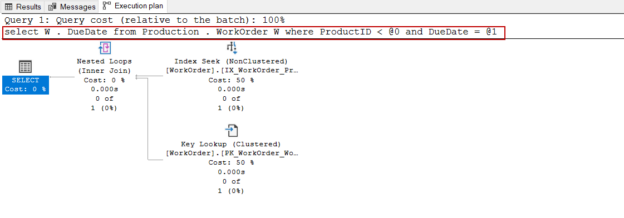
The goal of this article is to give details about the database query parameterization feature and explain its effects on query performance.
Read more »
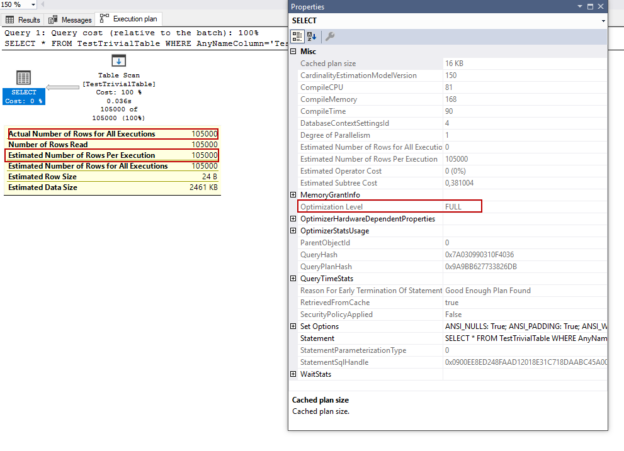
In this article, we will go through the details of the trivial execution plans and we will also tackle some examples about the trivial plans to explore effects on query performance.
Read more »
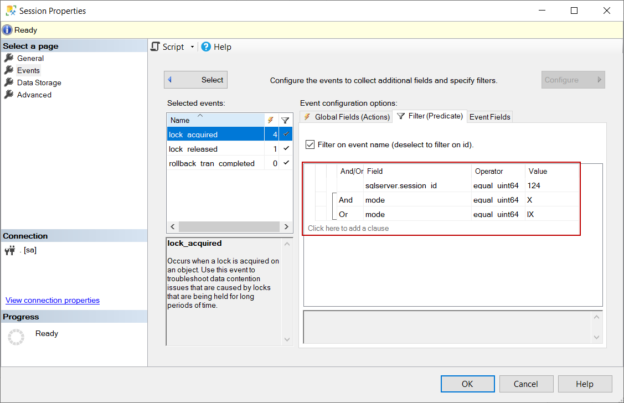
In this article, we will explore the details of what happens behind the scenes when a SQL delete statement is executed.
Read more »

The SQL update statement is used to modify an existing record or records in a table and it is commonly widely used in databases applications. In this article, we will examine the update statement in terms of the performance perspective.
Read more »
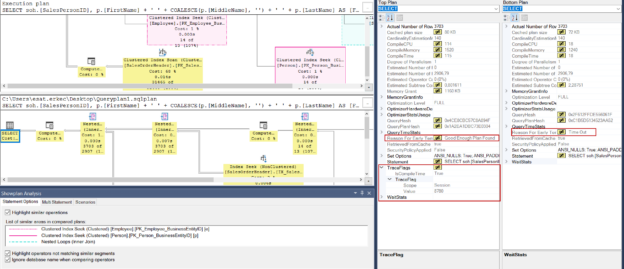
In this article, we will learn some query hints and trace flags that impact the query performance and also influence the SQL Server query optimizer’s default execution plan generation algorithm.
Read more »
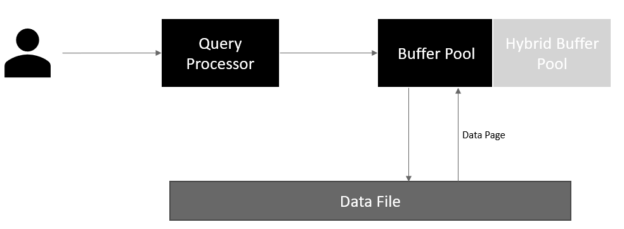
This article explores the Hybrid Buffer Pool feature available in the SQL Server 2019.
Read more »

In this article, we will learn how to use SQL LEFT function with straightforward examples.
Read more »
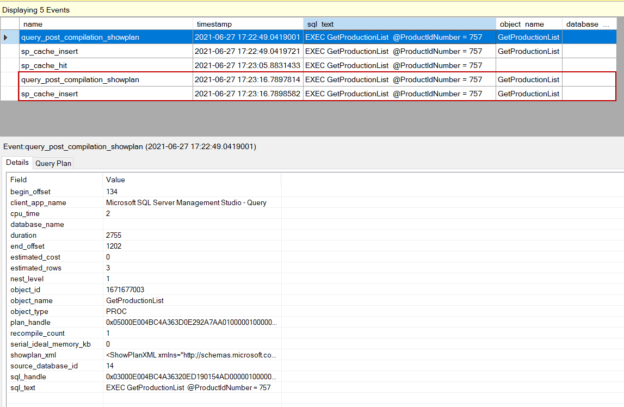
This article intends to give comprehensive details on how we can use the recompilation options of SQL Server stored procedures and how they behave when we use these recompilation options.
Read more »

In this article, we will explore in detail the factors that cause SQL Server stored procedures to be recompiled.
Read more »

This article will mention in which conditions the query optimizer decides to recompile to queries and how it affects the SQL query performance.
Read more »

In this article, we will take a glance at the fundamentals of SQL Server statistics and discover their interaction with the query processing steps with simple examples.
Read more »
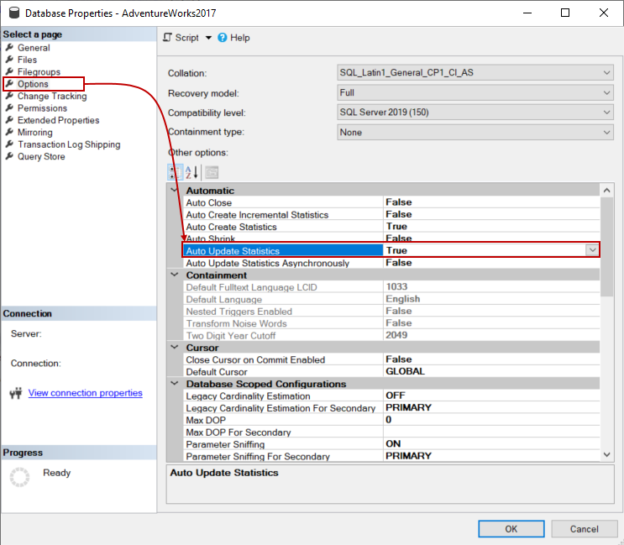
In this article, we will go through some details about SQL Server statistics.
Read more »

This article intends to give information about the SQL Server filtered indexes and their performance impacts.
Read more »

In this article, we are going to learn how SQL variables negatively affect query performance and also examine the causes of this issue.
Read more »
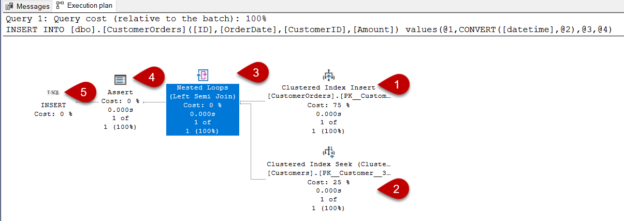
This article will describe the effect of SQL Server foreign keys on query plans which are created by the query optimizer.
Read more »

In this article, we will learn how to interpret an execution plan of a SQL Server insert statement.
Read more »
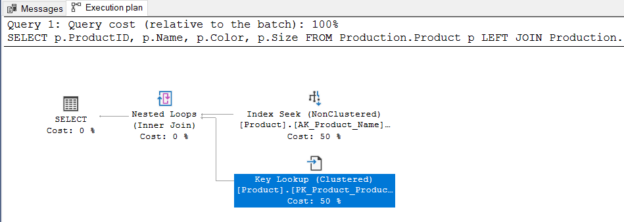
This article intends to give some details about the query optimization process in SQL Server.
Read more »
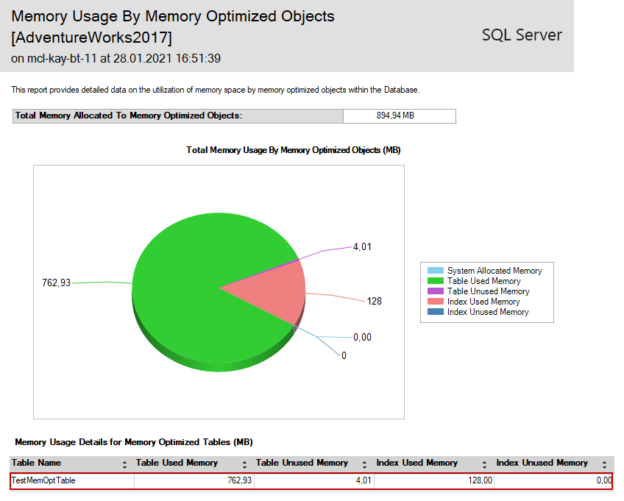
In this article, we will learn the essentials of the temp tables in SQL Server and we will also discuss some performance tips about temporary tables.
Read more »
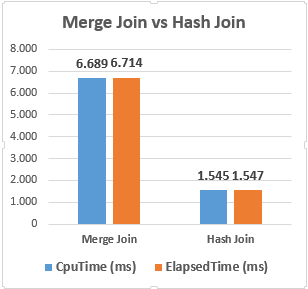
In this article, we will talk about two query optimization myths and these myths can be changed according to the characteristics of the queries. Every query can exhibit different behaviors according to data distribution, SQL Server version, database settings, and other tons of parameters therefore the fixed ideas may not help to overcome the query performance issues. In the next part of the article, we will focus on the following most known discourse:
Read more »© Quest Software Inc. ALL RIGHTS RESERVED. | GDPR | Terms of Use | Privacy